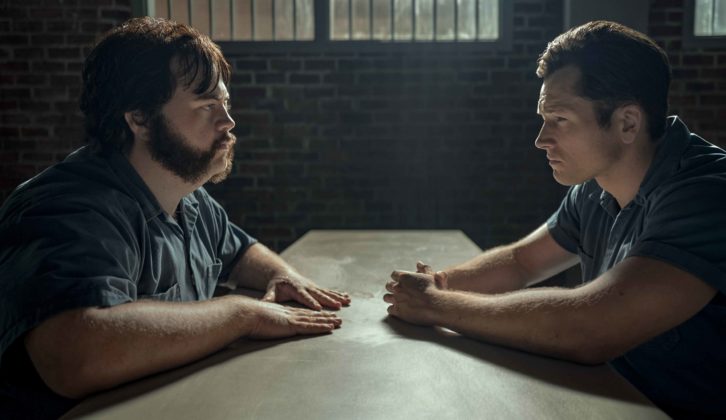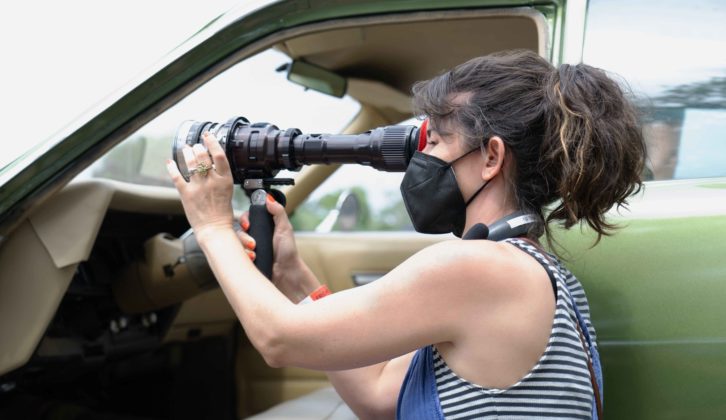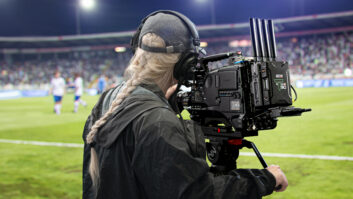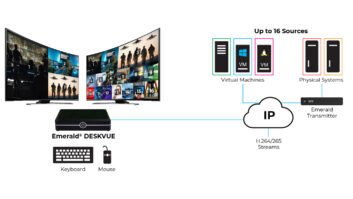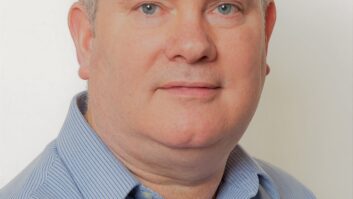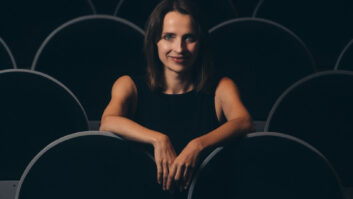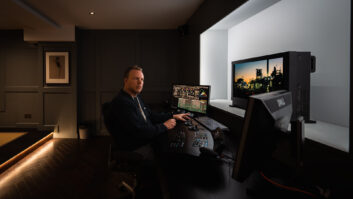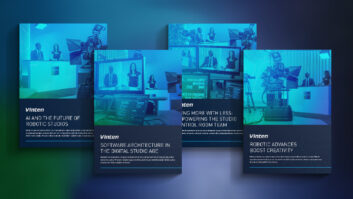Apple TV Plus’ latest drama series Black Bird is a true-crime thriller set within the confines of a maximum-security prison.
The six-episode series stars Taron Egerton, Paul Walter Hauser, Greg Kinnear and Ray Liotta, with Dennis Lehane serving as creator and writer. All six episodes count Natalie Kingston as director of photography.
Kingston says she was sent the script for the series out of the blue, but couldn’t put them down once she began reading. “The material was right up my alley,” she tells TVBEurope. “It was some of the best I’ve ever read. I felt like I could really contribute to the dark, gritty nature of this story. I love character-driven pieces and every role in this series is so complex.”
She describes the experience of working alongside showrunner Lehane and all of the directors as very collaborative, adding: “Dennis wanted to create a very tense, unsettling tone and was very receptive to my ideas for the cinematography.”
“My main source of inspiration was Gordon Parks’ 1957 photo essay, The Atmosphere of Crime. I really resonated with the rich, pastel-like palette of the series,” Kingston says. “The way Parks used available light felt intentional and expressive. I was drawn to the vivid contrast of the imagery and striking compositions. There were all elements that I wanted to infuse into Black Bird and specifically our main prison location, which is the heart of the show. The flip side of the prison is the investigative part. The first season of True Detective, which takes place in the mid-90s like our series, was an inspiration for that world.”
Lehane wanted the world of Black Bird to feel tense as the series explores the dark depths of toxic masculinity. Much of the show is centred around the relationship between the two main characters, Jimmy Keene (Egerton) and Larry Hall (Hauser).
“I wanted the audience to feel uncomfortably immersed in that space where Jimmy ultimately is forced to confront his own demons,” explains Kingston. “My goal for the cinematography was to create a darkly textured and viscerally unnerving feeling throughout.
“I wanted camera movement to always feel subtle and subconscious, never to be in the forefront. Static frames are often used to enhance the tension in scenes. I chose to shoot in large format with a 2:1 aspect ratio because I felt that it allowed me to frame the characters in a way that felt vast and expansive, where the viewer feels every subtle, nuanced expression,” she adds. “My approach to lighting was inspired by naturalism, but using shadow and darkness as a way to elevate the ominous tone. The prison world gets darker and more unsettling as the series progresses as does the inmates’ relationship.”
To that end, Kingston used a subdued colour palette that she hoped would transport the audience into a maximum security prison in the 1990s. “Springfield Prison has a pastel palette made up of blue, pink and green,” she explains. “That is juxtaposed with warmer tones of the detective side that is set in rural Indiana.”
The show was shot on digital using an Alexa Mini LF with Panavision H Series lenses, and with a 4.5K open gate. “I chose those lenses because there’s a subdued feeling to the colour palette, like that pastel-like quality that I was after,” explains Kingston. “There’s also a slightly textured feel with a soft roll-off that is very filmic and appropriate for this story set in the ’90s. The Mini LF also allowed us to fit into the small spaces of the real prison which was our main shooting location.”
Asked which of the scenes is her favourite, Kingston cites a 10 page dialogue scene in episode five, where Larry tells Jimmy how he raped and killed a woman. “We begin in a wide 2-shot, then as Larry starts his monologue, we begin slowly pushing in for about two and a half minutes, ultimately landing on a clean close-up of Larry at the exact moment he finishes,” she says. “Throughout this camera move, the lighting outside starts to dim and it starts to rain.
“The design of this shot wasn’t extremely complex in its nature, but the challenge was that there were multiple moving parts which had to sync up perfectly for it to really be impactful,” she continues. “It had to be a symphony. Like all camera movements, the goal was to harmonise with the performance, not distract from it. So, we tried to create an almost subconscious dolly move – like you don’t really notice that it’s happening until all of a sudden, you end up two feet away from Larry Hall. The dolly grip, camera operator, actors, dimmer board operator and special FX team all had to be perfectly in sync.”
Black Bird is available on Apple TV Plus now.
